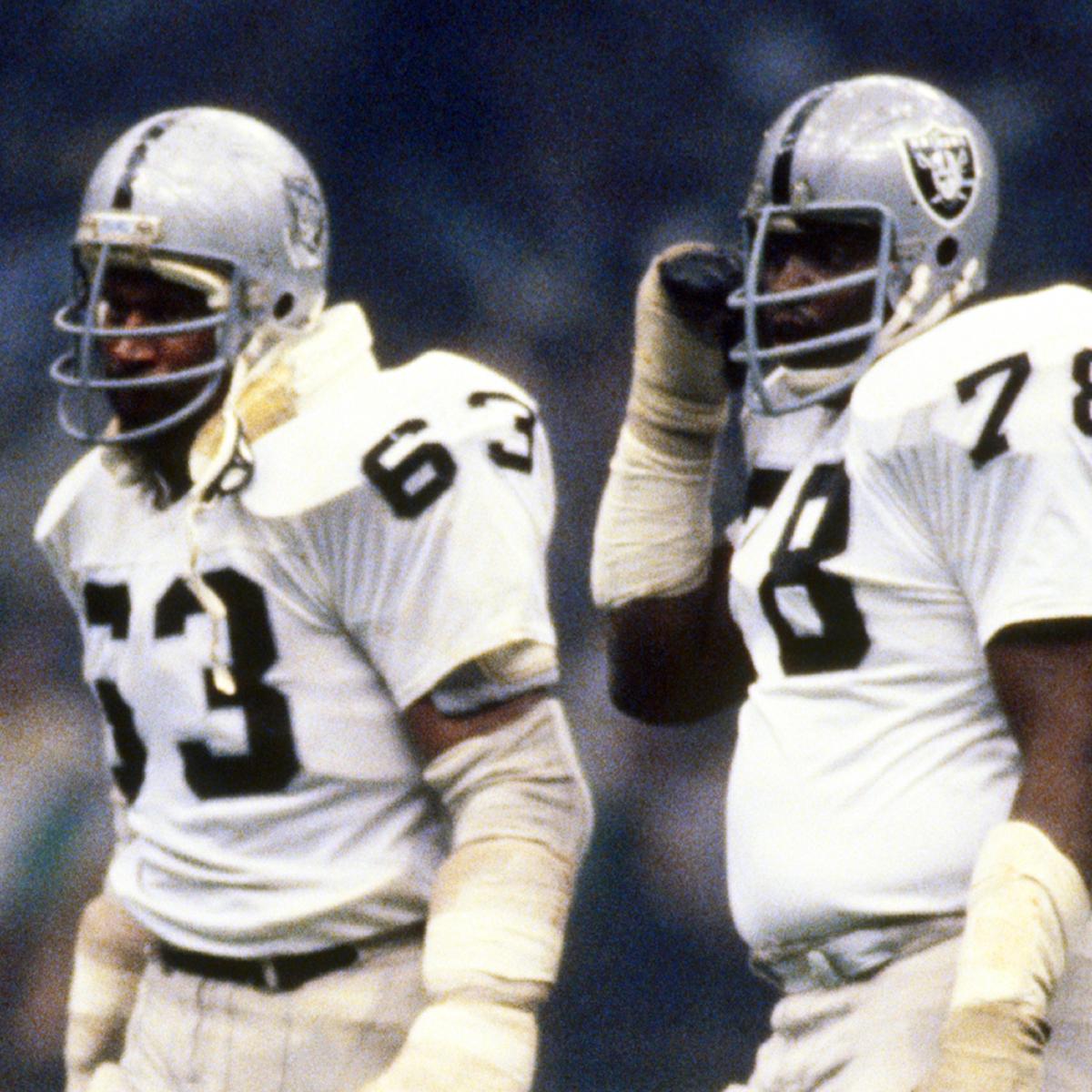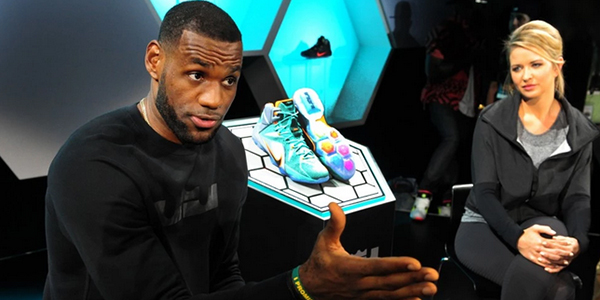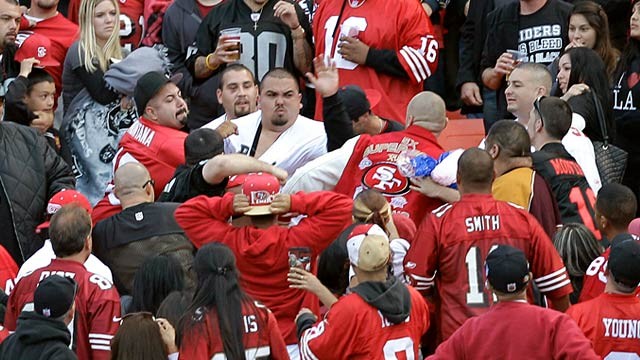This history of the Cardinals includes major historical events, Hall-of-Fame players, retired numbers, statistical leaders, best and worst seasons, team championship and playoff information, stadium moves, common questions and answers, and much more.
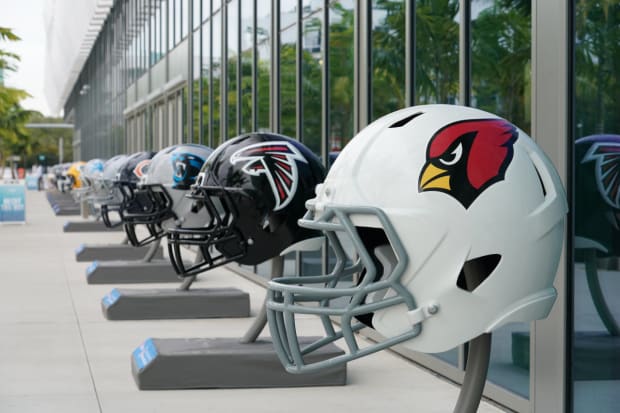
In the beginning, there were the Cardinals, and they were not very good . . . some things haven’t changed much. The oldest continuous football franchise in the United States began life as a collective of men who decided to give this new-fangled football thing a try. Over their 122 years of existence, the Cardinals have claimed only two league championships (one of which is hotly debated), and with the recent success of the Red Sox and Cubs, they are now considered by many to be one of the most woeful franchises in U.S. sports history.
Yet, through all of this, the Cardinals have endured and continue to endure. They’ve gone through rebrandings, relocations, depressions, both World Wars, financial strife and every kind of impending doom that can be imagined, and they are still here. There is something admirable about an underdog that just won’t quit. Here you’ll find a complete account of the NFL’s most lovable losers, including but not limited to:
- important highlights, stats and records;
- the team’s name and ownership history;
- notable games and rivalries;
- the team’s stadium history;
- lists of their top five coaches, top players, retired numbers, Hall-of-Fame inductees and career and season statistical leaders and
- common questions about the team with detailed answers.
Team Highlights, Stats and Records
First, let’s take a quick look at the Cardinals’ history in numbers. This section includes some basic information, including the franchise’s overall record, playoff appearances, best and worst seasons and additional stats.
Overall Team Record
558-763-41
Winningest Coach
Bruce Arians (49-30-1)
Playoff Appearances
1947, 1948, 1974, 1975, 1982, 1998, 2008, 2009, 2014, 2015 (10 overall)
Best Season in Franchise History
2015 (13–3) under Head Coach Bruce Arians
Worst Seasons in Franchise History
1943 (0–10) under Head Coach Phil Handler
1944 (0–10) under Head Coaches Phil Handler and Walt Kiesling
NFL Championships
1925, 1947 (two overall)
NFL Championship Appearances
1925, 1947, 1948, 2008 (four overall)
Locations Through Franchise History
- Chicago, Illinois: 1898–1959
- St. Louis, Missouri: 1960–87
- Tempe, Arizona: 1988–2005
- Glendale, Arizona: 2006–Present
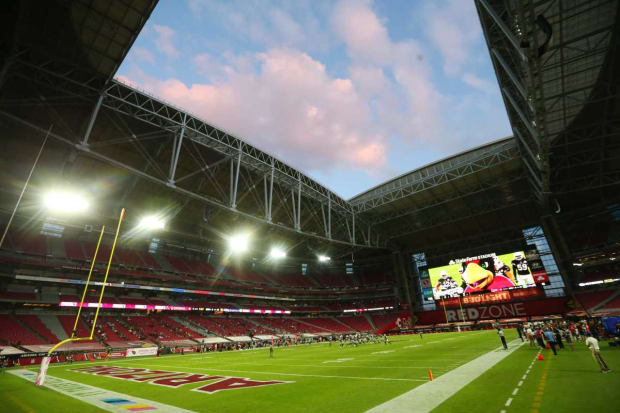
History, Location and Ownership of the Cardinals
Since their formation in 1898, the Cardinals (then known as the Morgan Athletic Club) have moved, changed names and even briefly joined forces with another team in the league.
Morgan Athletic Club (1898–1900)
The Cardinals pre-date the NFL by approximately 22 years. Founded sometime in 1898 by a neighborhood group on Chicago’s South Side, they originally identified themselves as the Morgan Athletic Club. Chris O’Brien, a building and painting contractor, acquired the team soon after its inception. He relocated them to Racine Avenue, where they played on Normal Field. This prompted the creation of the team’s second name, the Racine Normals.
Racine Street Cardinals (1901–21)
The origin of the Cardinals’ name is a humorous one. In the late 1800s and early 1900s, the idea of organized football outside of college was a novelty. The financial viability of the sport was nonexistent, and the motivations for playing were entirely pure. Everyone who played was playing for the love of this new game and for the camaraderie, hoping to find a way to exist as a team for a while longer.
In 1901, the Racine Normals needed uniforms. Owner Chris O’Brien purchased some jerseys secondhand from the University of Chicago in 1901. They were worn and faded to a dull red from their original bright red. The story goes that rather than describe the jerseys as what they were (old and used), O’Brien chose to enthusiastically spin the situation by declaring the team’s new color to be cardinal red. Thus, the Racine Street Cardinals were born, and the team has been known as the Cardinals ever since, making the cardinal the oldest continuous mascot in American professional football today.
Chicago Cardinals (1922–43 and 1945–59)
The Racine Cardinals continued to endure as a football club, and the team became a charter member of the American Professional Football Association (APFA) in 1920. In 1922, the APFA became the National Football League (NFL), and the Racine Cardinals changed their name to the Chicago Cardinals. This change came to differentiate them from the Horlick-Racine Legion, which joined the NFL that year.
The Cardinals remained in Chicago until 1960, with the exception of the 1944 season, during which they were combined with the Steelers because so many players went overseas during World War II. During this 40-year stretch in Chicago, the Cardinals fought to survive, and they were not particularly successful. Despite the lack of success, this was still the most successful era in the team’s history.
In 1925, the Cardinals claimed their first championship, though with extreme controversy. The best team that season was the Maroons, who beat the Cardinals 21–7. Joseph Carr, the NFL commissioner at the time, suspended the Maroons for playing an unsanctioned exhibition game in Philadelphia. As a result, the championship was awarded to the Cardinals.
The controversy didn’t end there. Cardinals owner Chris O’Brien refused to accept the title, feeling it was unfair to do so since the team had been beaten by the Maroons in a fair competition. Dr. David Jones, who purchased the Cardinals from O’Brien in 1929 for $12,000, also refused to accept the championship. It wasn’t until 1933, when Charles Bidwill became owner, that the Cardinals officially acknowledged the 1925 championship season. This championship claim is still met with controversy. The NFL has revisited the case as recently as 2003 but voted not to reopen it, so the Cardinals are still listed as the 1925 NFL Champions.
Eight months after Charles Bidwill’s death in 1947, the Cardinals had their first and only uncontested championship season. They beat the Eagles 28–21 in the championship game. They reached the championship game again in 1948, but this time, they lost to the Eagles 7–0.
Violet Bidwill Wolfner took over for her husband as owner in 1947, and despite being competitive in the late ’40s, the Cardinals struggled through the ’50s, putting the team on the verge of bankruptcy.
Card-Pitt (1944)
Due to the loss of players during the World War II effort, the NFL was forced to combine several teams in order for the league to survive. In 1944, the Cardinals and Steelers joined forces. The team was referred to as Card-Pitt, and this union lasted for only one year. Card-Pitt split home games between Comiskey Park in Chicago and Forbes Field in Pittsburgh. The team finished with a dismal record of 0–10.
St. Louis Cardinals (1960–87)
The Cardinals’ struggles prompted Violet Bidwill Wolfner to seek to relocate her team. It was becoming apparent that the Chicago football fanbase was not adequate to support both the Bears and the Cardinals, but the NFL was reluctant to grant relocation.
In 1960, the American Football League (AFL) formed. This league existed for 10 seasons and almost overthrew the NFL. (In 1970, the AFL and NFL merged, and the NFL name survived.) Due to this competition, 1960 was the perfect season for Bidwill Wolfner’s relocation aspirations to be met. After merging with the AFL, the NFL saw a need to expand their brand geographically. The result was the Cardinals’ move to St. Louis in 1960. Bidwill Wolfner died two years later in 1962, and her son, Bill Bidwill, took over as owner.
Because there was already an MLB team called the Cardinals, local fans often referred to the Cardinals football team as “Big Red” or the “Football Cardinals.” The Cardinals remained in St. Louis for 27 years, but success still eluded them. They were only able to advance to the playoffs in 1974, ’75 and ’82, losing in the first round each year. Due to poor play and attendance, the team was again strapped for cash by the mid-80s, and Bill Bidwill sought relocation.
Phoenix Cardinals (1988–93)
After a pedestrian 7–9 season in 1987, Bill Bidwill chose to move the Cardinals to Arizona and renamed them the Phoenix Cardinals, although they never actually played in Phoenix. Instead, the Cardinals shared Sun Devil Stadium with Arizona State University in nearby Tempe, Arizona, until 2005 and then moved to Glendale. The team never had a winning season as the Phoenix Cardinals.
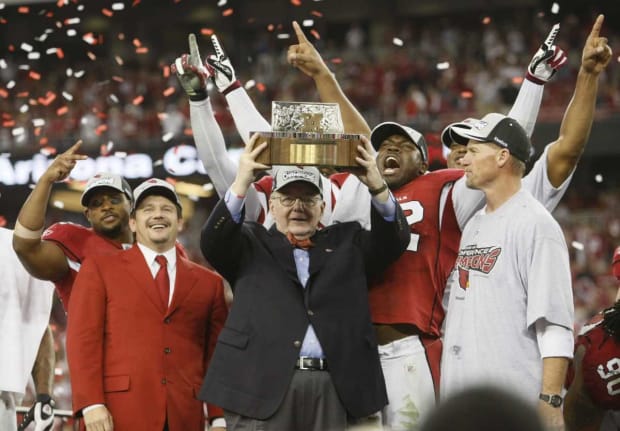
Arizona Cardinals (1994–Present)
The Cardinals rebranded yet again in 1994, becoming the Arizona Cardinals. Then, in August of 2006, the team made the short move to Glendale, Arizona, after the opening of Cardinals Stadium, which became the team’s first dedicated stadium in its 107 years of existence, though executive offices remain in Tempe to this day.
A month later, the University of Phoenix purchased naming rights, and the stadium became University of Phoenix Stadium. In 2018, the naming rights were purchased yet again, this time by State Farm, and the stadium remains State Farm Stadium to the present day.
Since becoming the Arizona Cardinals, the team has primarily been a losing franchise, but they have also had some of their most memorable seasons, reaching the playoffs five times.
Cardinals Playoff Appearances From 1998 to Present
1998: In 1998, under Coach Vince Tobin, the Cardinals went 9–7, which was good enough for a wild-card berth that year. With standout quarterback Jake (The Snake) Plummer at the helm, the Cardinals did something they hadn’t done since 1947—win a playoff game. They beat the Cowboys 20–7.
2008: 10 years later in 2008 under Coach Ken Whisenhunt, the Cardinals made one of the most miraculous runs in NFL history. Again creeping into the playoffs at 9–7, they won three playoff games and a trip to the Super Bowl. They were captained by Kurt Warner, a quarterback many believed to be washed up. Warner, with the help of a superb receiving corps (Larry Fitzgerald, Anquan Boldin and Steve Breaston), captivated the hearts and imaginations of football fans everywhere during this improbable run. The Cinderella story came to an end, though, in a tightly fought Super Bowl loss to the Steelers (27–23). The 2008 season is the Cardinals’ only Super Bowl appearance to date.
2009: The Cardinals improved their regular-season record to 10–6 and qualified for the playoffs again in 2009, and for the second year in a row, a Ken Whisenhunt team advanced in the playoffs, this time in an absolute shootout against the Packers (51–45). The Cardinals were blown out the following week by eventual Super Bowl Champions the Saints (45–14). The following year, future Hall of Famer Kurt Warner retired, and within a few years, both Anquan Boldin and Steve Breaston would be gone. Again, the Cardinals fell on hard times, and Ken Whisenhunt was fired in 2012.
2013: In 2013, Bruce Arians was given the head coaching job, and Carson Palmer emerged as quarterback. Larry Fitzgerald continued to be an elite receiver. For the next three seasons, the Cardinals posted unprecedented regular-season records. In Arians’ first season, the Cardinals finished with a mark of 10–6, though this was not enough to secure a playoff berth. In 2014, the Cardinals made the playoffs, finishing at 11–5, but were ousted by the Panthers (27–16) in the wild-card round.
2015: 2015 was a historic year in many regards. The Cardinals posted a franchise-best 13–3 record, and for the first time in team history, they secured a first-round bye in the playoffs. They won their first playoff game against the Packers (26–20) but were clobbered by the Panthers in the NFC Championship game (49–15).
Performance in Recent Seasons
After two more mediocre seasons (7-8-1 and 8–8), Arians retired as head coach, citing his family as the reason for his departure. Arians finished his tenure with the Cardinals with a record of 49-30-1. The Cardinals were back to their usual form in 2018, posting a 3–13 record under Steve Wilks, who was fired at the end of the season.
Currently, the Cardinals are coached by Kliff Kingsbury, former college coach of the Texas Tech Red Raiders. They also drafted college Heisman-winning quarterback Kyler Murray with the first pick of the 2019 draft. Kingsbury brings a high-flying offensive philosophy to Arizona, and though aspirations for the future of the franchise are high, 2019 was considered by most to be a rebuilding year. The team finished the season with a record of 5-10-1.
Jennifer Welter: The First Female Coach in the NFL
A complete lack of female coaches has long been a detriment to the sport of football. In 2015, Jennifer Welter became the first female NFL coach, working as an assistant intern for the Cardinals through training camp and preseason. Her short stint helped pave the way for other female coaches, such as Kathryn Smith of the Bills and Katie Sowers of the 49ers. Welter most recently coached as a defensive specialist for the Legends in the now-defunct Alliance of American Football (AAF).
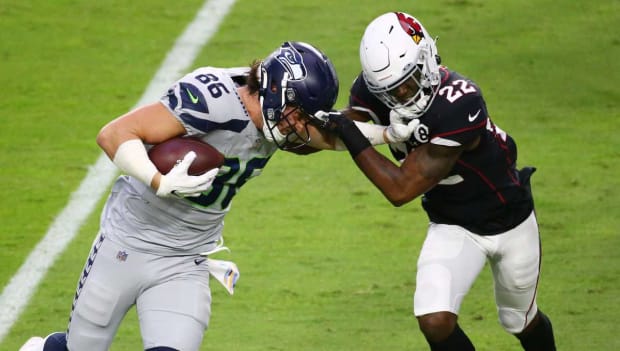
Notable Rivalries and Games
Who are the Cardinals’ biggest rivals? Realistically, the answer is nobody. Though the Cardinals have been around since the beginning of the NFL, they have moved so many times (and the league has been so apt to change their division at a moment’s notice) that the team hasn’t had any regularly scheduled rivalries that have endured throughout their history. That said, in the short term, the Cardinals have had many rivalries, and the following list details several of the most prominent.
- The Bears (28-57-6): This rivalry dates back to the NFL’s inception in 1920. Regular meetings ended when the Cardinals moved to St. Louis in 1960. The Bears and Cardinals first played on Nov. 28, 1920, and the Bears won 7–6.
- The Packers (26-45-4): The Cardinals and Packers first played one another on Nov. 20, 1921, and the game ended in a 3–3 tie. More recently, the Cardinals won the last two playoff contests between the two teams in 2009 and ’15. The 2009 wild-card matchup was the highest-scoring game in NFL playoff history at 51–45.
- The Eagles (59-56-5): Though the Cardinals and Eagles no longer share a division, they have many times throughout history. This is the only rivalry in which the Cardinals enjoy a lead, albeit a slim one.
- The Browns (15-33-3): In the early history of the league, the Browns and Cardinals often shared a division, and the Browns usually won. The two teams first met in 1950 in a game the Browns won 34–24.
- The Giants (45-80-2): The Giants have dominated this series. The Giants played and beat the Cardinals for the first time in 1926 (20–0).
- The Steelers (23-35-3): For one season during World War II in 1944, the Steelers and Cardinals combined as Card-Pitt and went a pitiful 0–10. As rivals, the Steelers have dominated the series.
- The Washington Football Team (46-76-2): Washington and Arizona were division rivals from 1960–2001. The rivalry ended when the Cardinals were moved from the NFC East Division to the NFC West.
- The Cowboys (32-56-1): The Cardinals beat the Cowboys (another rival from the old NFC West) 20–7 in a 1999 wild-card showdown.
- The Seahawks (20-21-1): The Seahawks are considered by many fans to be the Cardinals’ most serious current rival. Their rivalry status began in 2002 when league realignment put both teams in the NFC West Division. Despite the Seahawks’ success in recent years and the Cardinals being such a historically poor team, their rivalry has been a very competitive one.
- The Rams (38-43-2): The Rams are another regular foe of the Cardinals due to the restructuring of the NFC West Division.
- The 49ers (26-31-0): The NFC West Division 49ers hold a five-game lead in this new rivalry.
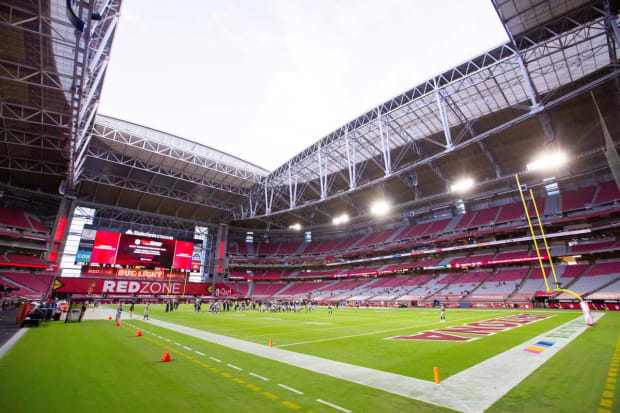
Stadium History and Controversy
Since they’ve been around longer than the NFL, it’s no wonder the Cardinals’ stadium count is almost up to the double digits. Below is a list of all of the stadiums the team has played out of at home games.
Normal Park (Approx. 1900–21 and 1926–28)
Sometime around the turn of the 20th century, Chris O’Brien moved the Morgan Athletic Club to Normal Park, where for a short time they became the Normals, before becoming the Cardinals in 1901. They played at Normal Park for at least 20 years as a club before the team joined an organized, professional football league.
Comiskey Park (1922–25, 1929–30 and 1939–58)
Comiskey Park is best known for being the home of the MLB’s White Sox, but it was also often the home field of Cardinals during three different periods of the team’s history.
Wrigley Field (1931–38)
During this time, Wrigley Field pulled triple duty, hosting the Cubs of the MLB and both the Bears and Cardinals of the NFL.
Soldier Field (1959, Four Games)
When Soldier Field is mentioned, most people think of the Bears, but the Cardinals were actually the first NFL team to play there, and they did so over a decade before the Bears.
Metropolitan Stadium (1959, Two Games)
Strangely, the Cardinals played two “home” games in Minneapolis, Minnesota, during the 1959 season. Owner Violet Bidwill Wolfner desperately wanted to move her financially struggling franchise, and the NFL was exploring the idea of a team in Minnesota. In the end, the Cardinals and Minneapolis were not a love connection. The Cardinals moved to St. Louis in 1960, and the Vikings came into existence in Minneapolis in ’61.
Sportsman’s Park (1960–65)
This was the name of a sports complex containing several parks in St. Louis. It was also used by the MLB’s Browns (now the Brewers) and Cardinals.
Busch Memorial Stadium (1966–87)
Busch Memorial Stadium is best known for being the home of the Cardinals baseball team. It was also home to the Cardinals football team for the majority of their time in St. Louis.
Sun Devil Stadium (1988–2005)
Sun Devil Stadium has been home to the Arizona State University (ASU) football team since 1958. For almost two decades, ASU shared this stadium with the Cardinals.
State Farm Stadium (2006–Present)
This is the first and only stadium the Cardinals have had in their 121-year history that has been devoted primarily to their football team. For its first month of existence, it was named Cardinals Stadium. It was soon renamed University of Phoenix Stadium, and in 2018, it became State Farm Stadium.
Despite being one of the more beautiful sports venues in the world, State Farm Stadium has been met with controversy. A large portion of the stadium’s funding is generated via taxed tourism expenditures (hotels, car rentals, etc), but instability in the economy has impacted tourism revenue. To complicate things further, the legality of these taxes has been challenged, specifically concerning car-rental taxes. Car-rental company owners contended that such a car tax was illegal under the state’s constitution, but the case was thrown out by the supreme court.
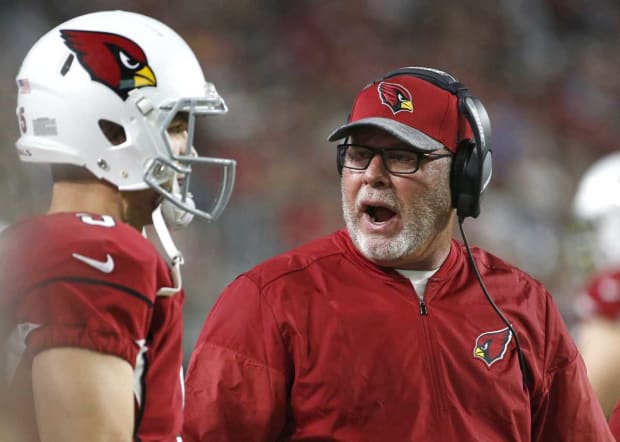
Top Five Coaches in Cardinals History
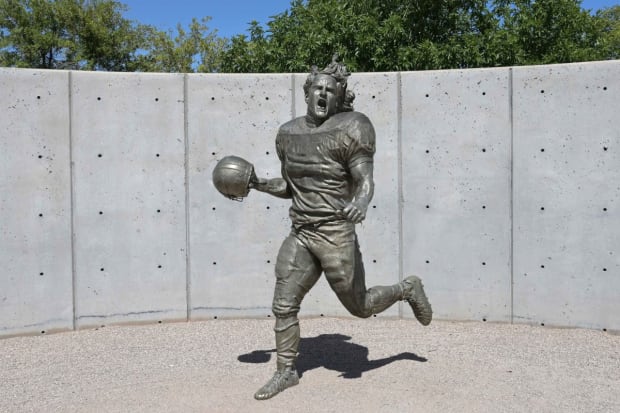
Top Players in Cardinals History
Throughout their long history, the Cardinals have had many exceptional players. They have retired five jerseys and have had 15 players who spent the majority of their careers with the franchise inducted into the Hall-of-Fame.
Retired Numbers
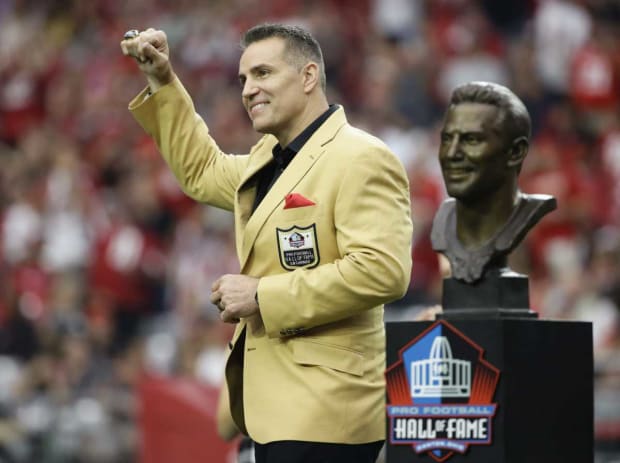
Cardinals Hall of Fame Inductees

Career Statistical Leaders
Season Statistical Leaders
People Also Ask
Some of the information below has already been covered in the sections above, but since these are among the most frequently asked questions about the Cardinals, they are answered here directly.
How Did the Cardinals Get Their Name?
In 1901, team owner Chris O’Brien purchased used jerseys from the University of Chicago. The Jerseys were a faded red that O’Brien deemed “cardinal red.” The team was known as the Cardinals from that point forward.
What Were the Cardinals Called Before They Were the Cardinals?
At its origin in 1898, the team was called the Morgan Athletic Club. Sometime around the turn of the 20th century, the team was moved to Normal Park and renamed the Normals for a short time.
When Did the Cardinals Leave Chicago?
Finding themselves in dire financial circumstances, the Cardinals moved to St. Louis in 1960.
Have the Cardinals Ever Won a Super Bowl?
The Cardinals have never won a Super Bowl, but they did go to Super Bowl XLIII in 2008.
Who Are the Top Five Coaches in Cardinals History?
From a number-of-wins perspective, Bruce Arians, Ken Whisenhunt, Don Coryell, Jim Hanifan and Charley Winner are the team’s five best coaches in descending order. See the table above entitled “Top Five Coaches in Cardinals History” for more information.
How Many Hall of Famers Do the Cardinals Have?
15 Hall of Fame players have spent the majority of their careers with the Cardinals. Six more have spent some time there. See the table above entitled “Cardinals Hall of Fame Inductees” for more information.
When Did the Cardinals Move to Arizona?
The Cardinals moved to Arizona in 1988.
How Long Have the Cardinals Been in the NFL?
The Cardinals have been in the NFL for 100 years, which is as long as is possible. The NFL was born in 1920, and the Cardinals were a charter member. The team was founded in 1898 about 22 years before the NFL came into existence.
Is State Farm Stadium Air Conditioned?
Yes. Though the roof is retractable, State Farm Stadium is climate-controlled for indoor events.
References
- Oldest.org. 10 Oldest Teams in the NFL. Retrieved Sept. 15, 2019
- Profootballhof.com. Hall of Famers by Franchise. Retrieved Sept. 25, 2019.
- Profootballreference.com. Pro Football Statistics and History. Retrieved Sept. 15–30, 2019.
- Sportsencyclopedia.com. Chicago Cardinals. Retrieved Sept. 18, 2019.
- Wikipedia. Arizona Cardinals. Retrieved Sept. 18, 2019.
- Kuriloff, Aaron (2015). Wsj.com. While Arizona Cardinals Soar, Legal Battle Puts Stadium Investors in Red Zone. Retrieved Sept. 30, 2019.
- Statefarmstadium.com. About State Farm Stadium. Retrieved Sept. 30, 2019.
——————-








